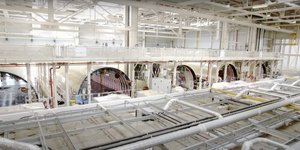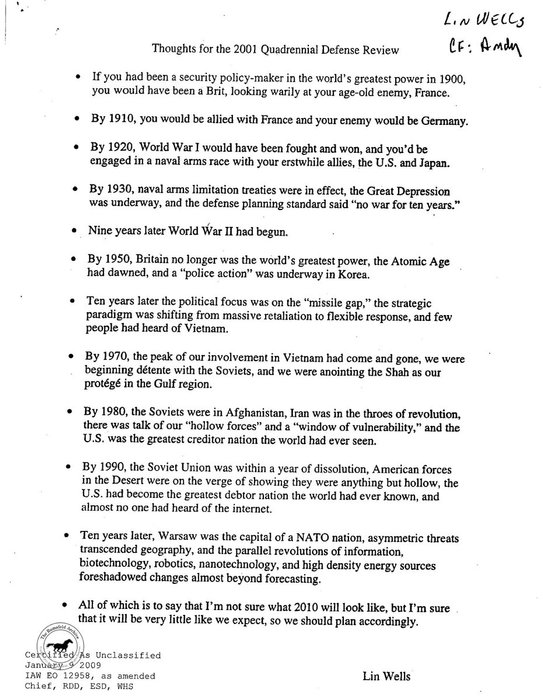coordination
organizations; organizational design; systems
and he was yet again correct just one year later
Learning from catastrophe
technologyreview.comExcerpt:
Take the average modern jetliner, with its 7 million components and 170 miles’ worth of wiring—an immensely complex system in and of itself. There were over 25,000 jetliners in regular service in 2014, according to Downer. Together, they averaged 100,000 flights every single day. Now consider that in 2017, no passenger-carrying commercial jetliner was involved in a fatal accident. Zero. That year, passenger totals reached 4 billion on close to 37 million flights. Yes, it was a record-setting year for the airline industry, safety-wise, but flying remains an almost unfathomably safe and reliable mode of transportation.
There are a lot of approaches to organization design, but none are reliable and construct-valid. It ignores how personhood and work are intertwined. In addition, the organization isn't a self-aware social singularity, so employees are differentiated as futuristic cogs who 'energize' themselves autonomously. A strategy that can only focus on one sid... See more
Nathan Snyder • The Problem with Organization Design


When organizations are very small, individuals matter most. But when organizations grow larger, the system - its structure and dynamics - comes to dominate the analysis.
Alex Komoroske • Coordination Headwind - How Organizations Are Like Slime Molds
Any altruistic system is inherently unstable, because it is open to abuse by selfish individuals, ready to exploit it.
Richard Dawkins • The Selfish Gene

Open this picture. It illustrates the EXTENT of Japan's dominance in the LNG supply chain
👉 A Japanese company produces the shale gas
👉 Gas is sent to an LNG plant partially owned by a Japanese company
👉 LNG is loaded on a ship built and owned by a Japanese company
👉 The shi... See more
In higher resolution
In order to implement strategy, an organization needs to integrate structure, processes, and people. A successful redesign will focus the company's resources on its strategic priorities and reduce costs. An example of a typical motivation for a redesign is a company that decided to expand outside of its US home base.
